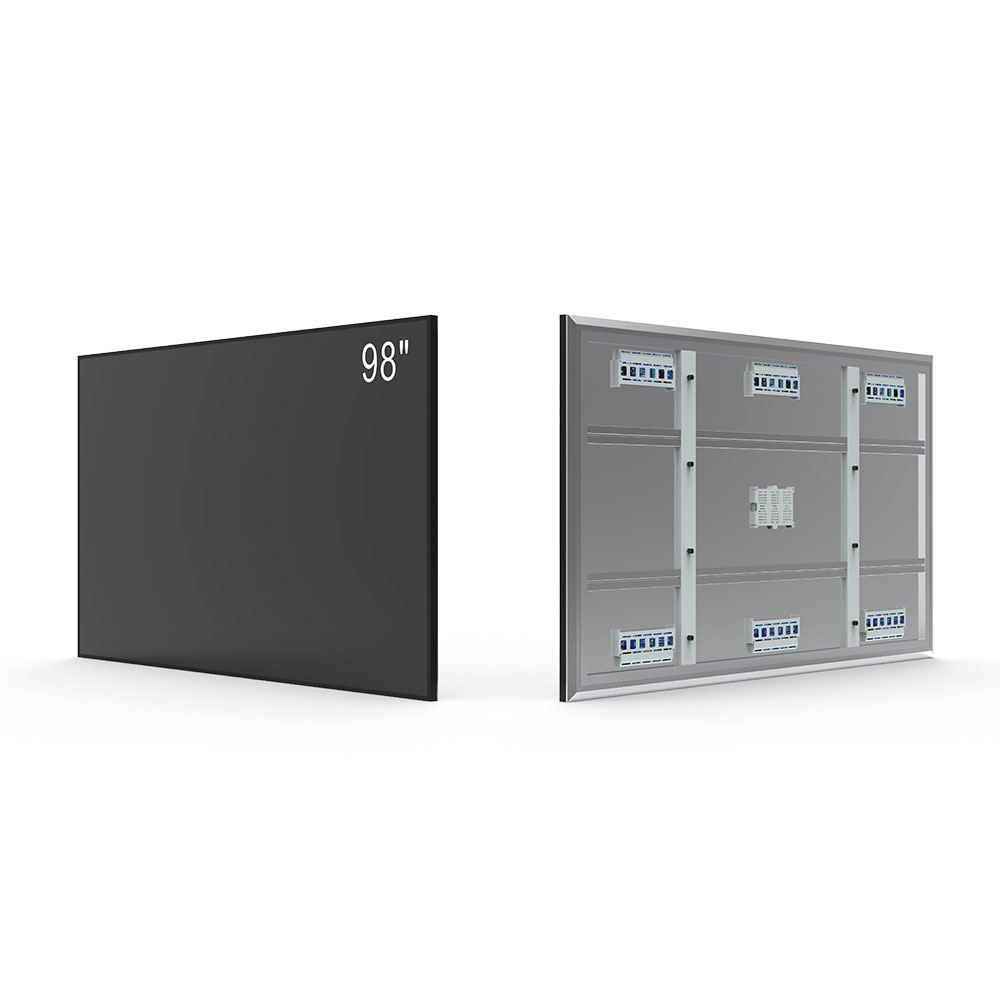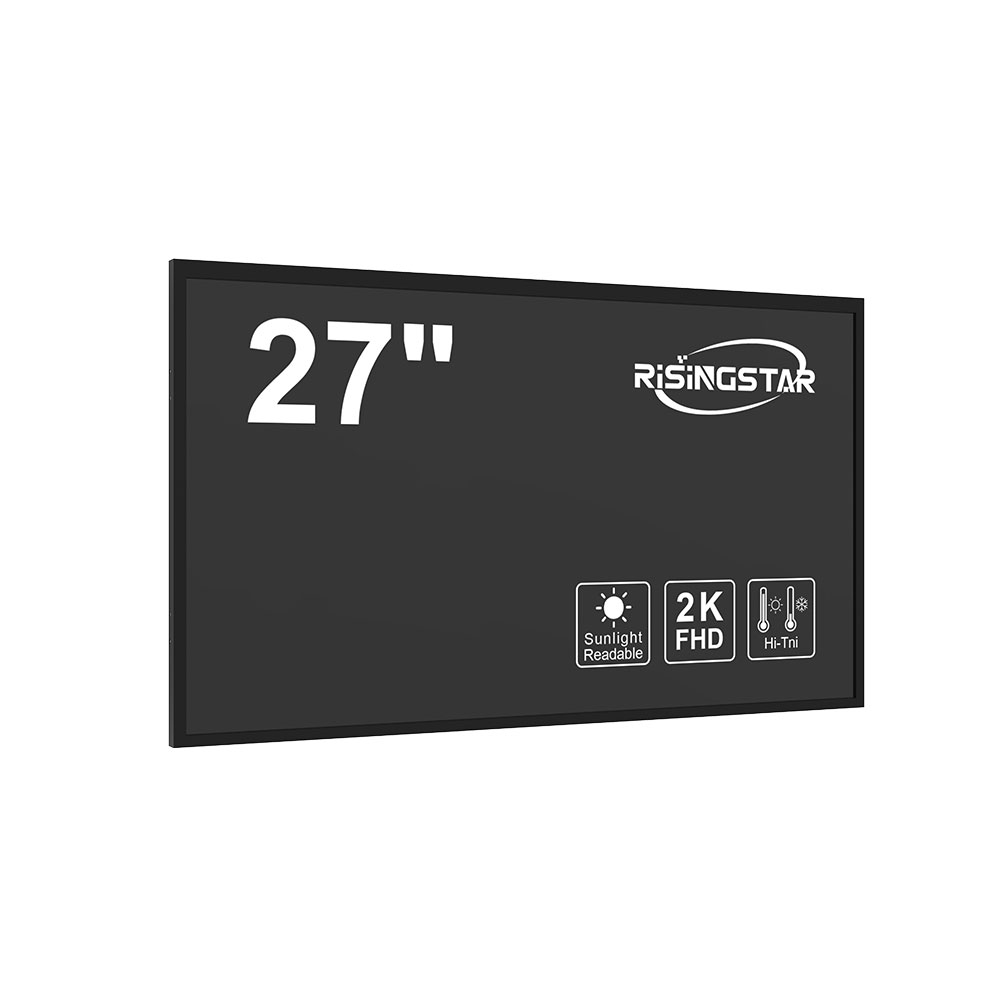Designing and manufacturing sunlight readable high brightness LCD screens requires a deep understanding of display technologies, materials science, and real-world environmental conditions. These displays are essential in outdoor applications such as military equipment, industrial control panels, automotive dashboards, and public kiosks where visibility under direct sunlight is critical.
Understanding Sunlight Readability Requirements

A sunlight readable LCD must maintain readability when exposed to ambient light levels exceeding 100,000 lux—common in midday sun. Traditional LCDs often fail under such conditions due to insufficient contrast and low brightness. Industry standards like MIL-STD-3009 and IEC 62471 define performance benchmarks for luminance (typically 5,000–10,000 nits) and contrast ratio (minimum 10:1). Manufacturers must design with these specifications in mind from the outset.
Key Technologies for High Brightness Display

To achieve sunlight readability, several technologies are employed:
- High-Brightness Backlights: LED arrays with power densities up to 10 W/cm² ensure sufficient luminance.
- Anti-Reflective Coatings: Multi-layer optical coatings reduce surface reflections by over 80%, crucial for maintaining image clarity.
- Polarized Filters: Enhanced polarization layers increase contrast by minimizing glare.
- Wide Viewing Angles: IPS or VA panel types provide consistent color and brightness across wide angles (±80°), vital for user ergonomics.
Material Selection and Environmental Durability
Outdoor LCDs must withstand temperature extremes (-40°C to +70°C), humidity (up to 95% non-condensing), and mechanical stress. Materials like Gorilla Glass 5 or polycarbonate laminates protect against impact and UV degradation. Sealing with IP65 or higher ratings prevents dust and water ingress—a requirement for ruggedized designs used in agriculture, construction, and transportation sectors.
Case Study: Military Grade Display Deployment
In a 2023 field test conducted by the U.S. Army Research Laboratory, a sunlight readable LCD with 8,000 nits peak brightness and anti-glare coating performed reliably under direct solar exposure at 35°C. The display maintained 97% readability score compared to 40% for standard consumer-grade models. This highlights the importance of integrating both hardware and software optimization—such as dynamic brightness adjustment via ambient light sensors—to enhance efficiency without compromising visibility.
Testing and Certification Standards
Manufacturers must validate their products using standardized tests like:
- ANSI/IES RP-17-14 for luminance uniformity
- ISO 16750 for vibration and shock resistance
- EN 61000-4-3 for electromagnetic compatibility
These certifications ensure compliance with global market demands, particularly in aerospace, defense, and heavy machinery industries.
For optimal performance, designers should adopt a systems-level approach—balancing backlight intensity, optical stack efficiency, and environmental resilience. With proper engineering, sunlight readable high brightness LCDs deliver robust, long-lasting solutions for demanding outdoor environments.







